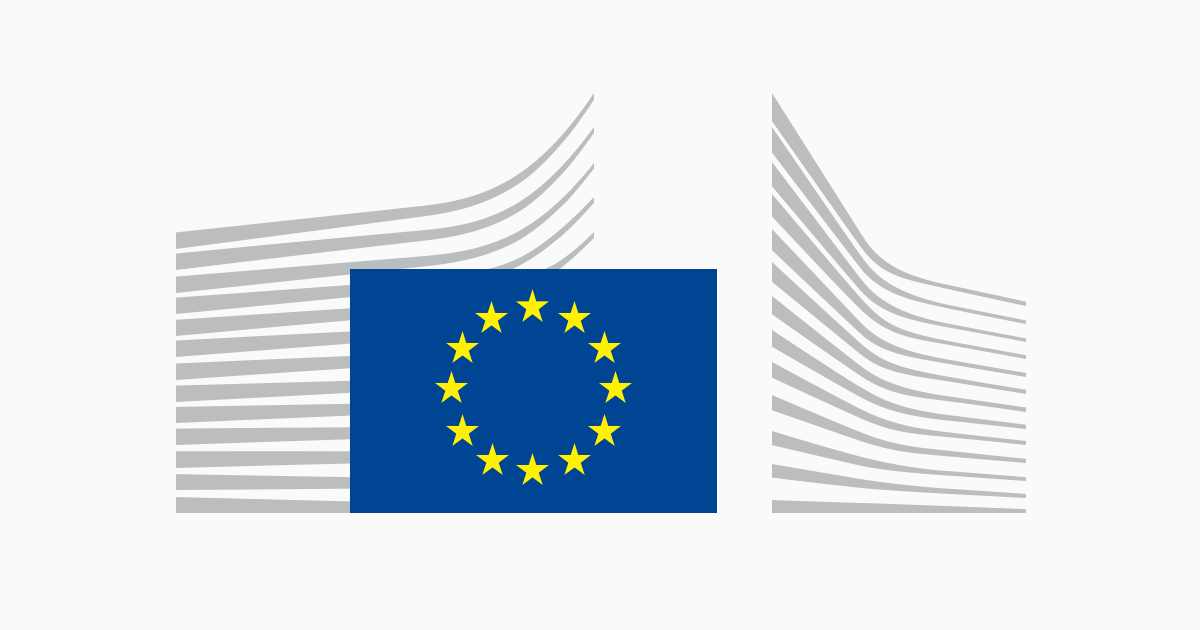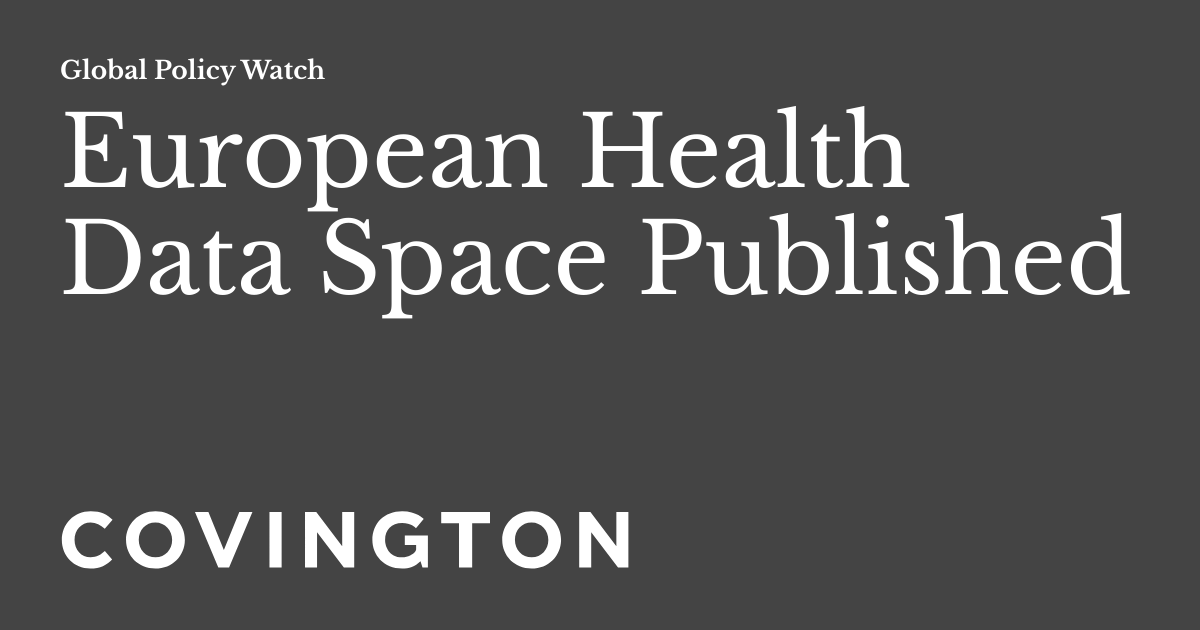The European Parliament and Council adopted Regulation (EU) 2025/327 on the European Health Data Space (EHDS) on 11 February 2025, which was subsequently published in the Official Journal of the European Union on 5 March 2025. This regulation transforms the use of health data across the EU, establishing the world’s first common health data space. It ensures that citizens have full control over their own health data while enabling the secure secondary use of data for research, innovation, and policymaking purposes.
The EHDS Regulation is built on two main pillars: primary data use, which enables EU citizens to access their electronic health data free of charge and immediately, and secondary data use, which allows anonymised health data to be utilised for research, innovation, and policymaking purposes. The regulation entered into force on 26 March 2025, but its practical implementation will occur gradually over the coming years: by 26 March 2027, numerous implementing legal acts must be adopted; from 26 March 2029, the exchange of the first data group (patient summaries, e-prescriptions/e-dispensations) will begin across all EU Member States, and the rules on secondary data use will take effect for most data categories; and from 26 March 2031, the exchange of the second data group (medical images, laboratory results, and hospital discharge reports) will become operational across all Member States, alongside the application of secondary use rules to remaining data categories (e.g., genomic data).
The regulation marks a historic milestone in the EU’s digital health strategy, enabling 450 million EU citizens to directly access their electronic health data and share it across borders in all 27 Member States. According to information published on the European Commission’s website, the full implementation of the EHDS will bring significant benefits: over the next decade, it could generate total savings of approximately €11 billion by improving data accessibility, while also enhancing the efficiency of healthcare services and supporting the growth of the digital health sector, ultimately delivering better health outcomes for EU citizens.
Sources:
1.

2.

3.











